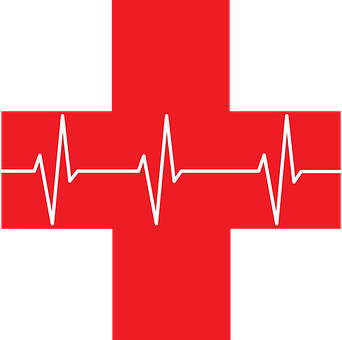Caring for the senior is a noble occupation. Providing comfort and care to the senior is one of the best things anyone can do. It is an obligation to make the rest of the senior attendants feels comfortable and happy while receiving the twilight of their lives. But it is important to say here that this is not an easy task. Ensuring that the needs of the senior patient are well taken care of can be a challenge. However, all older attendants do their best to achieve this.
However, job descriptions for attendants go beyond the routine exam for senior care. It also includes dealing with emergencies and senior first aid course Perth that you can develop while working. Senior attendants should be prepared for the patient’s first aid as necessary.
 General Major Emergencies
General Major Emergencies
Emergencies may arise from unforeseen circumstances. This is because something can happen while you are at work. Accidents can occur and senior patients can suffer serious injuries. It is also necessary to consider the continuity of the various medical conditions that older people have. These two factors, which aggravate the health of the senior and cause an inevitable accident, must be prepared for the primary attendant to respond appropriately to emergencies. That is why it is more important for a professional attendant to obtain first aid and CPR certification.
The most common medical emergencies that geriatric attendants should always face are:
- Heart attack
- Heart attack
- Asthma attack
- Pulse loss
- The beginning of hypertension.
On the other hand, the following are emergencies that are the direct result of an accident involving a high-risk patient.
- Severe head trauma
- Poisoning/ingestion of hazardous substances.
- Drowning
- Choking
- Inhalation of smoke and other dangerous vapours.
Respond to high-level emergencies
Cardiopulmonary resuscitation (CPR) is one of the most basic skills that every geriatrician should consider. It is used when your heart rate stops and when you stop breathing. This procedure promotes the entry of blood to the brain. Time is more important in these situations. That is why the procedure should be performed as soon as possible.
The procedure itself is quite simple to do. Follow a simple pattern of two techniques: chest compressions and rescue breathing. The cycle should follow an attendant who alternates between 30 chest compressions and 2 rescue breaths. Chest compressions should focus on the lower part of the sternum of the senior. It is hard and fast (at a speed of 100 or more per minute). On the other hand, rescue breathing should last approximately 1 second. Be sure to breathe normally. Do not breathe deeply before rescuing the victim.
First aid and CPR course
A professional attendant must get a senior first aid course in Brisbane. This will help them work well. You can also prepare for emergencies related to senior patients.
